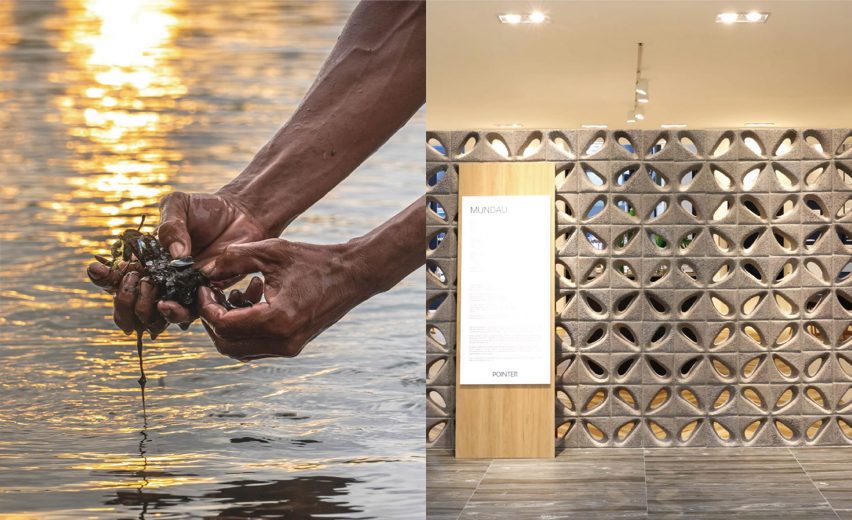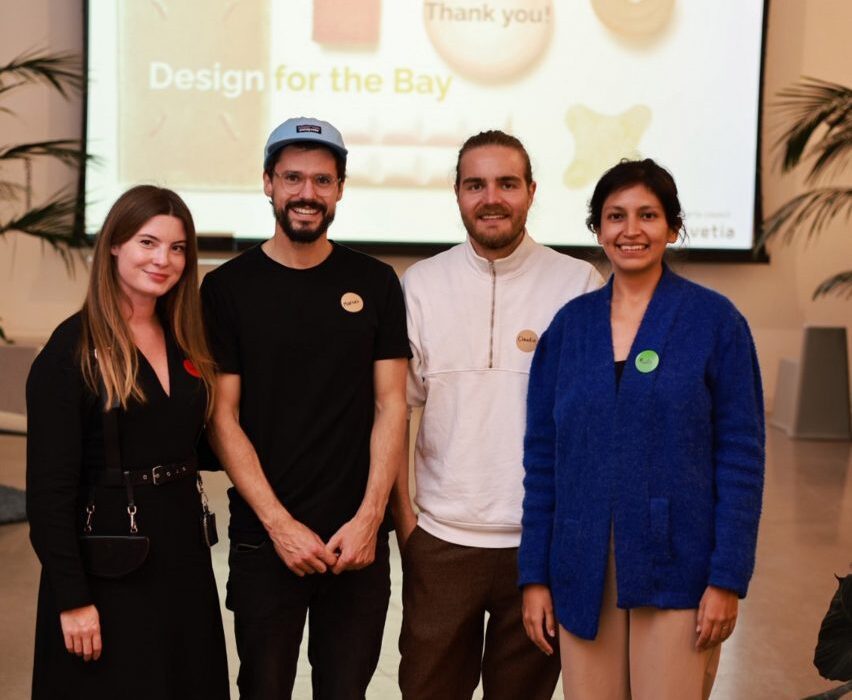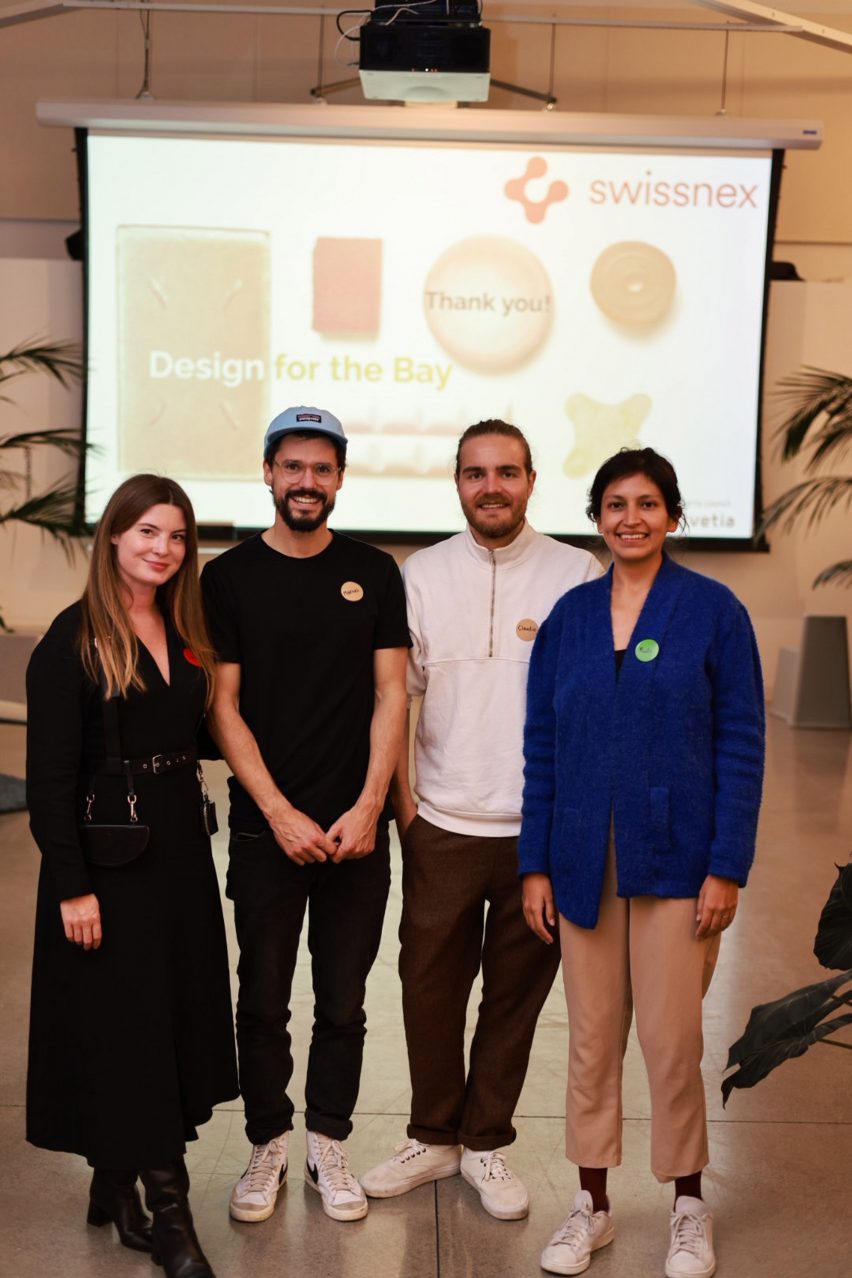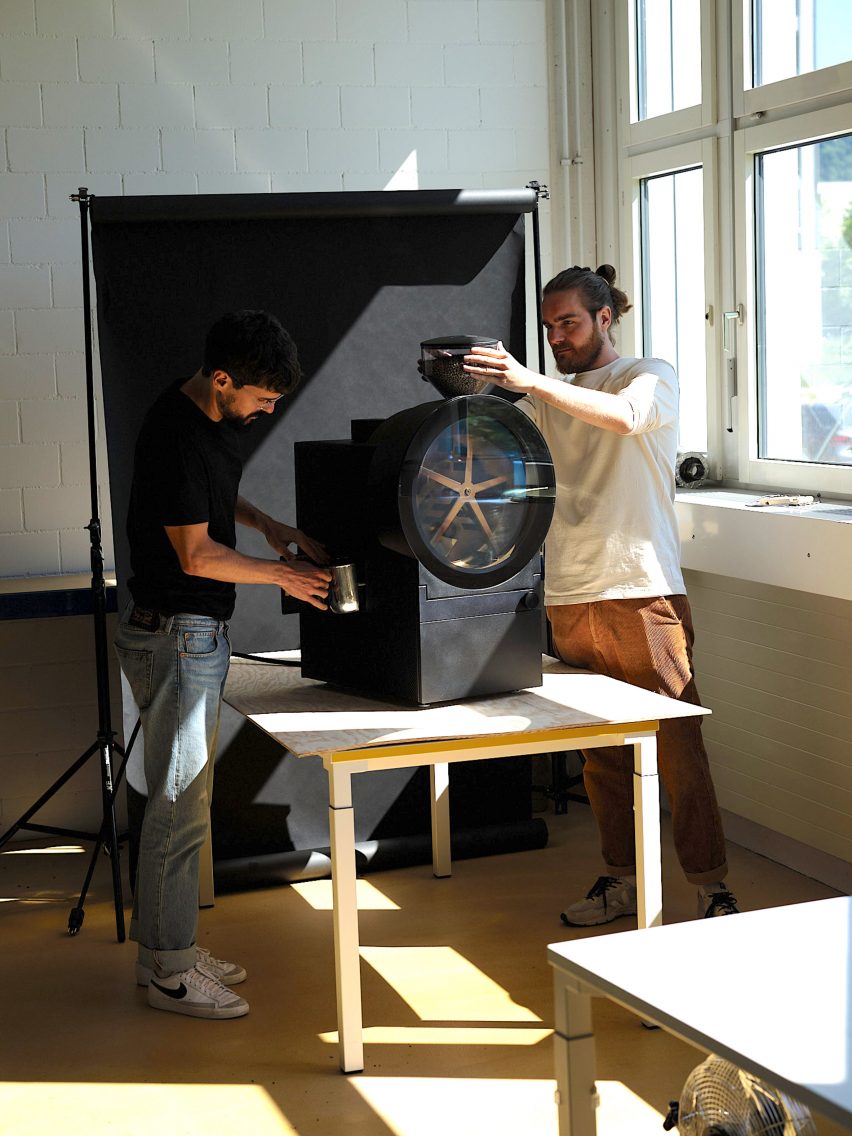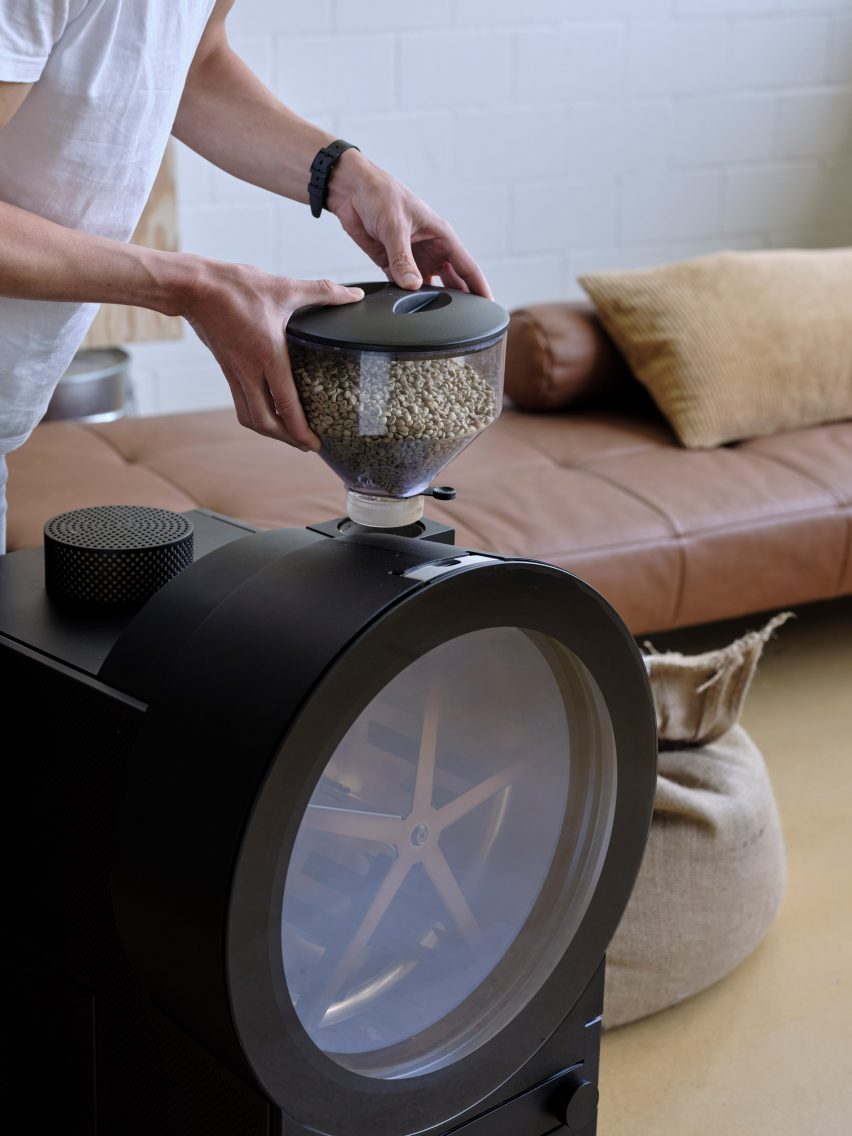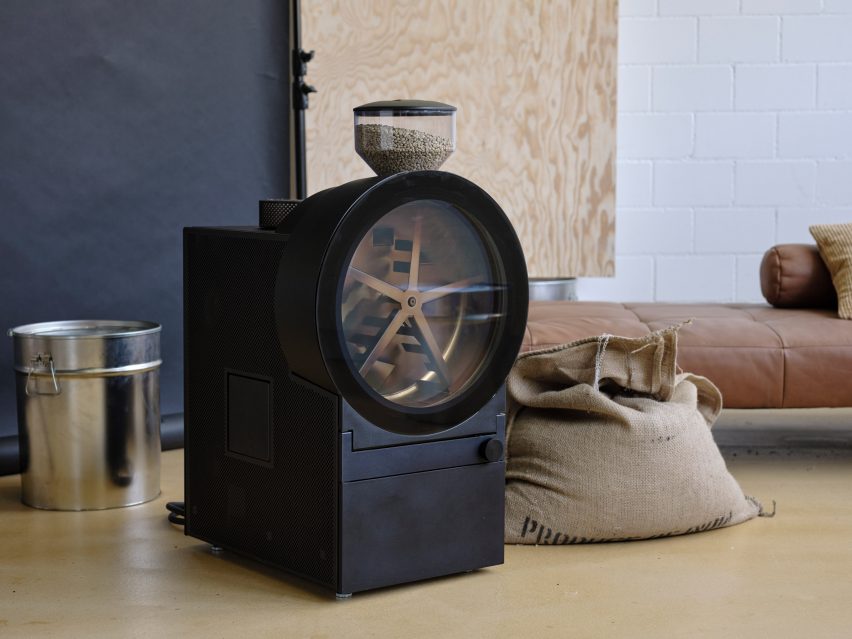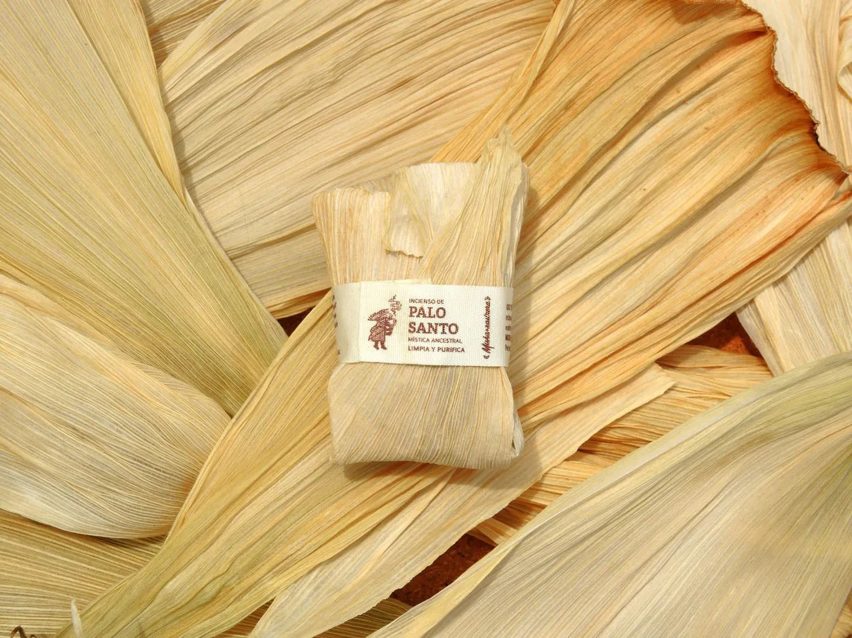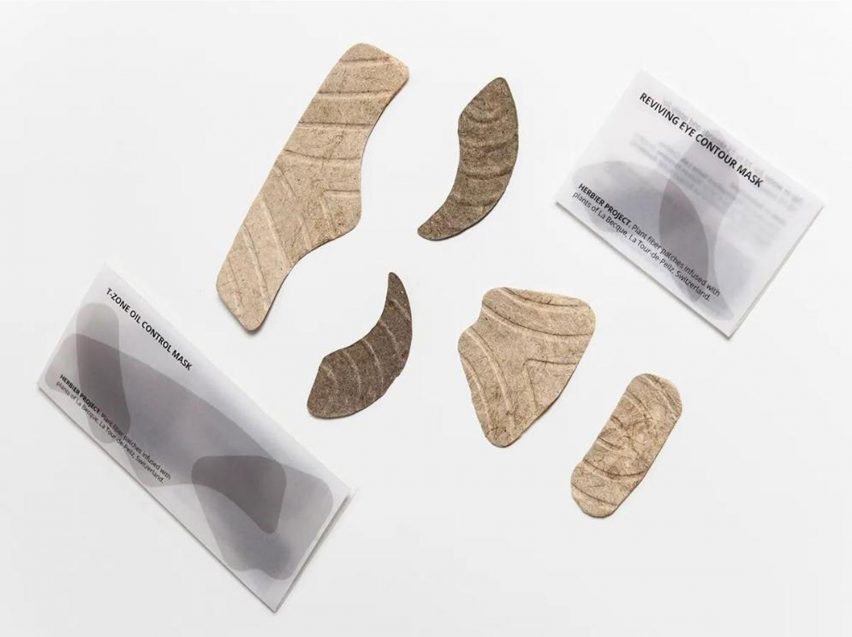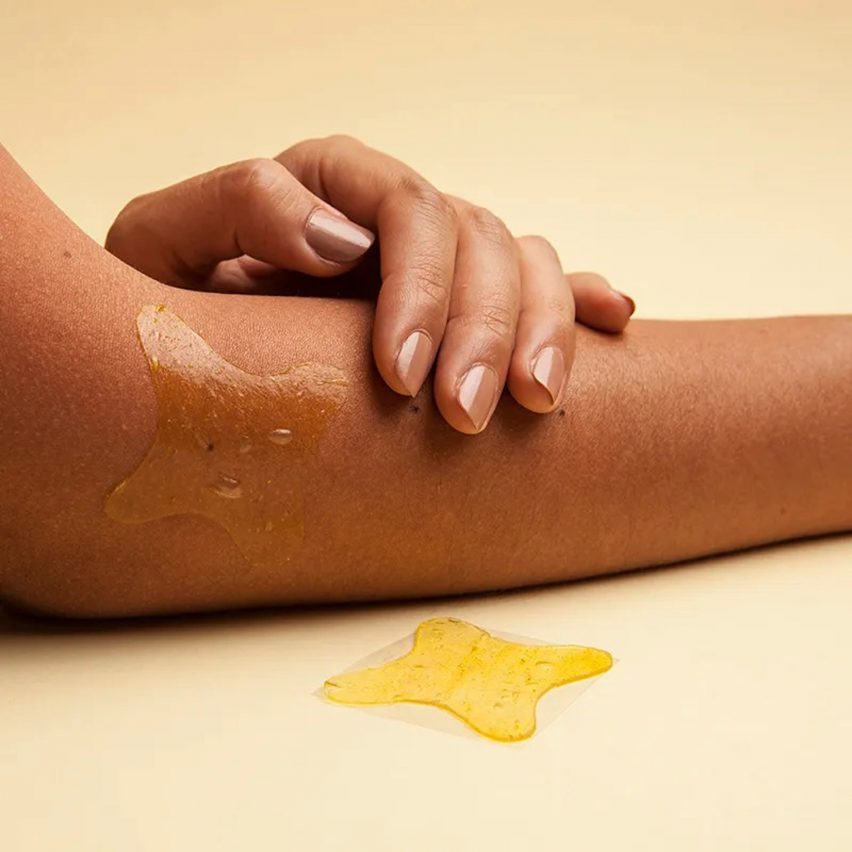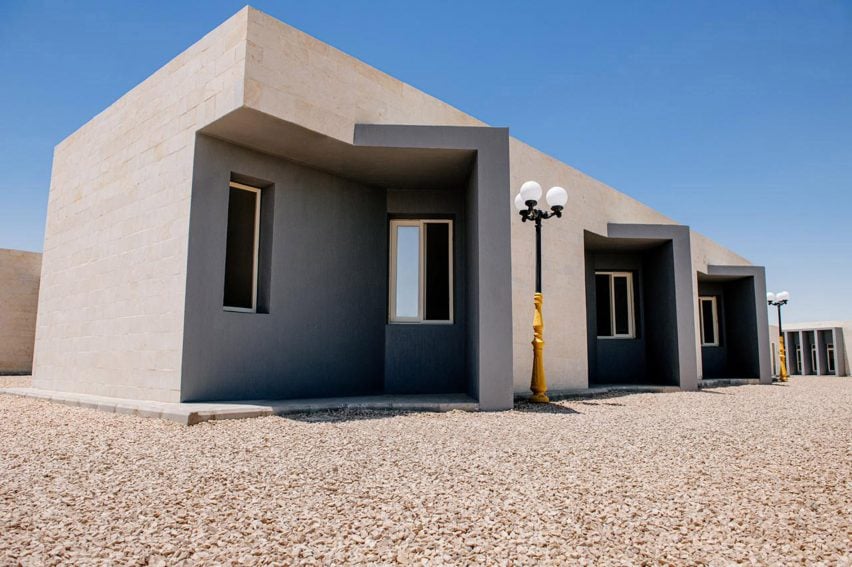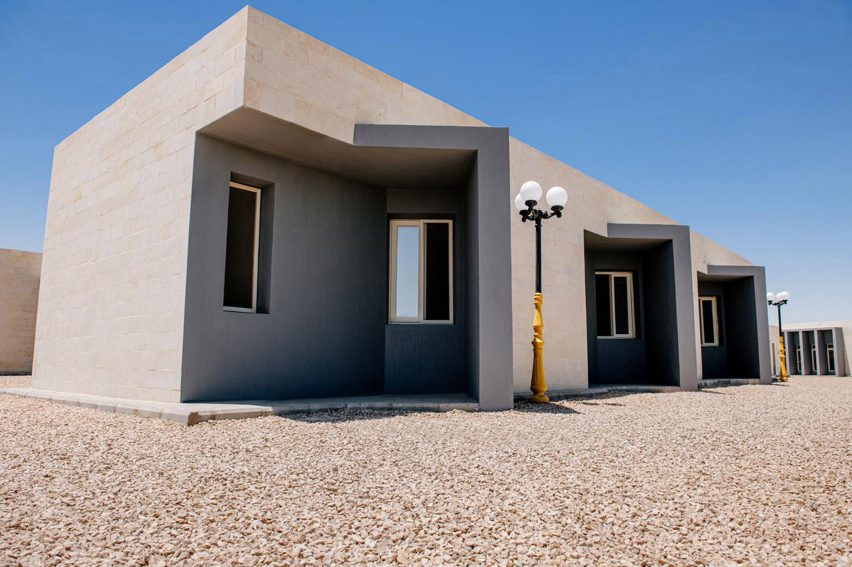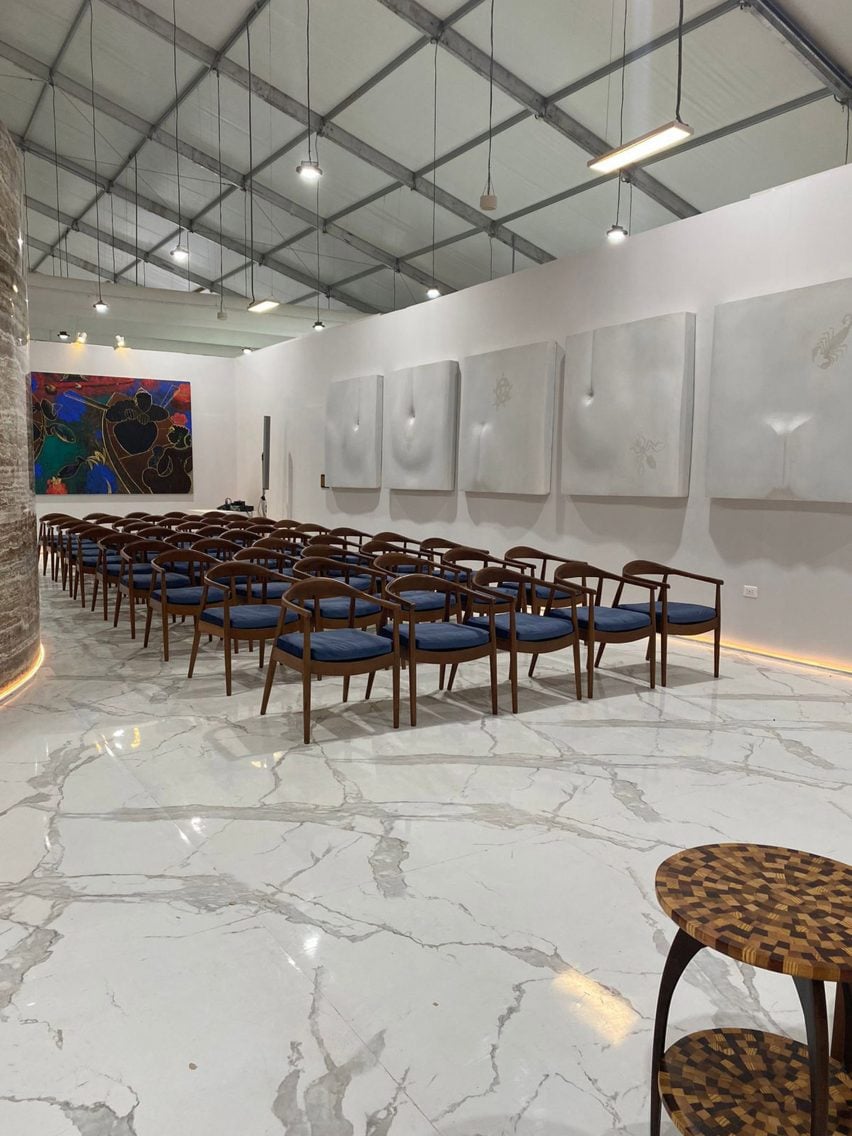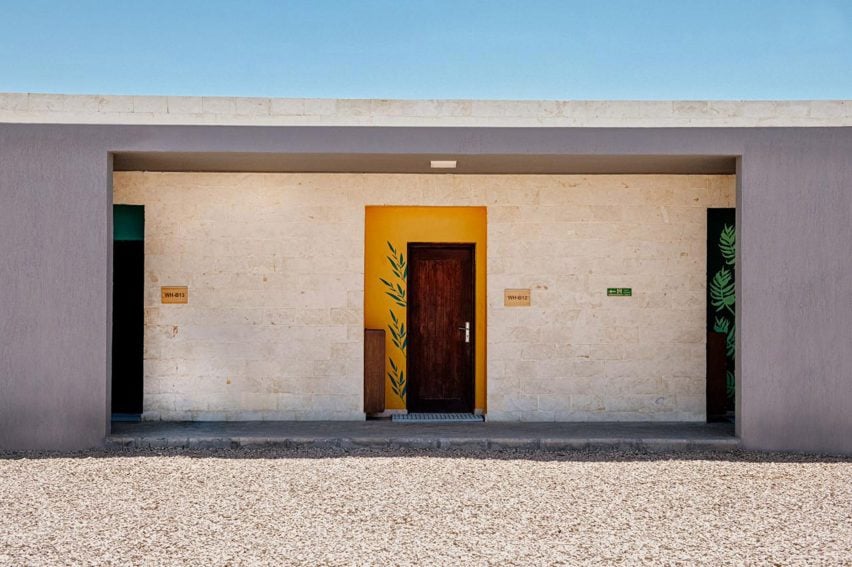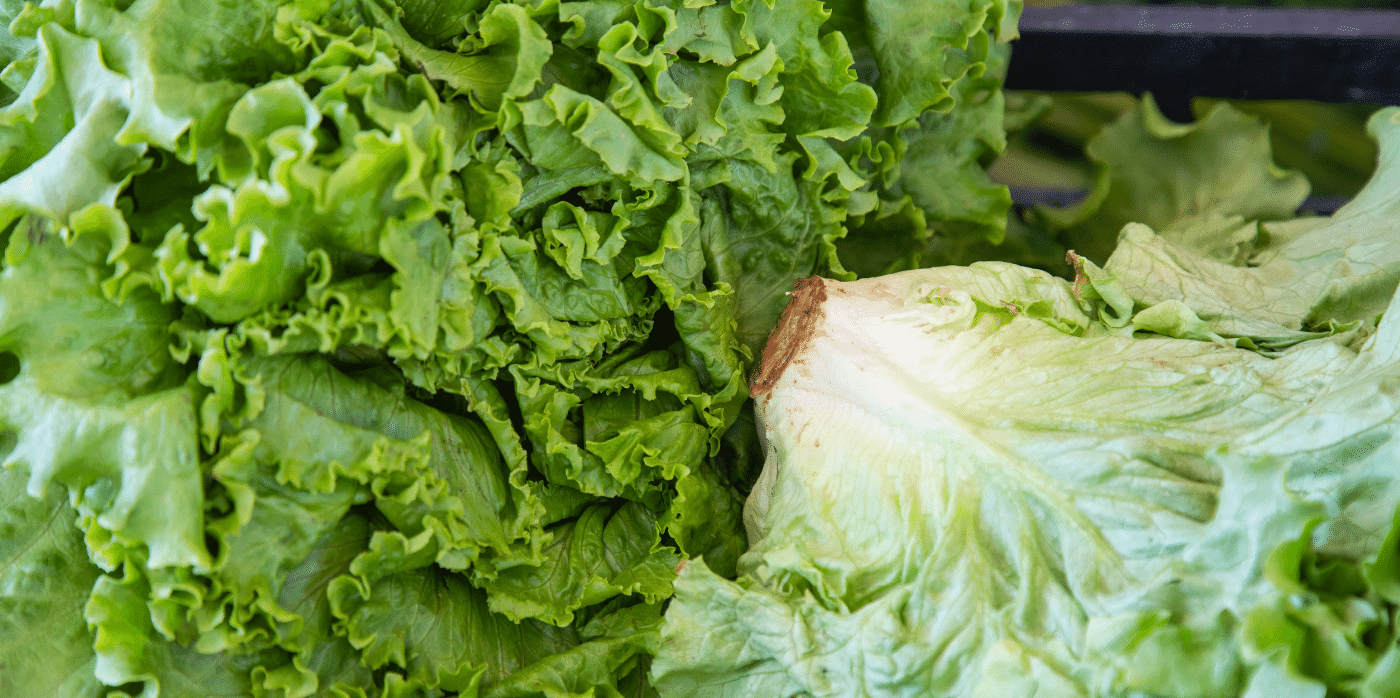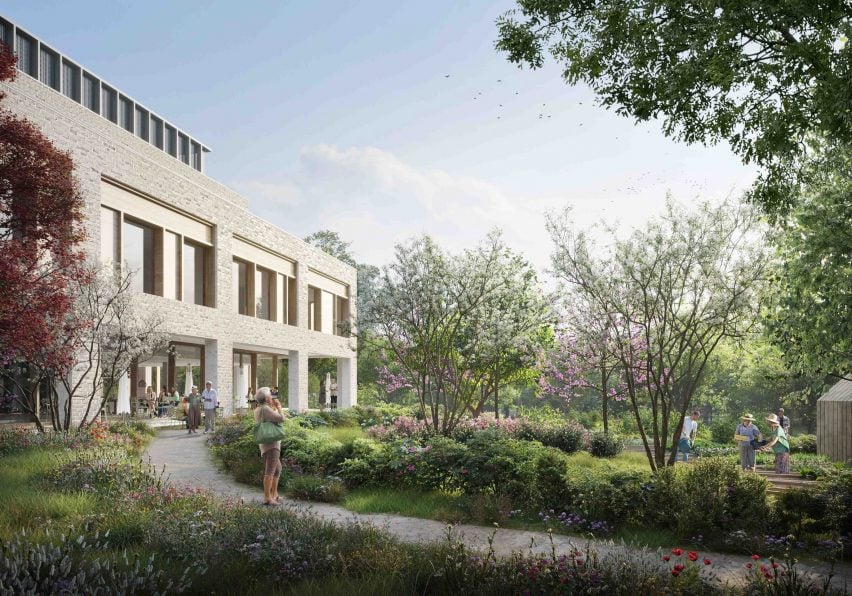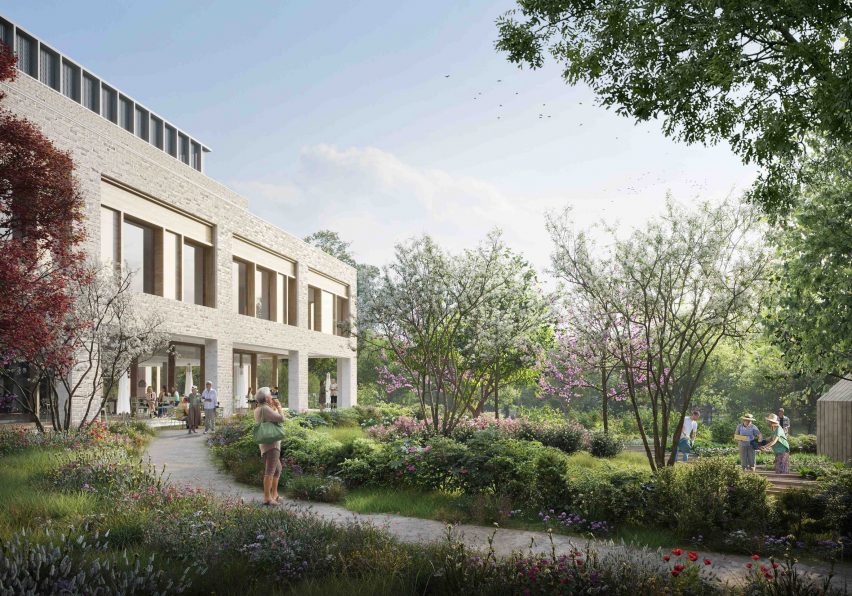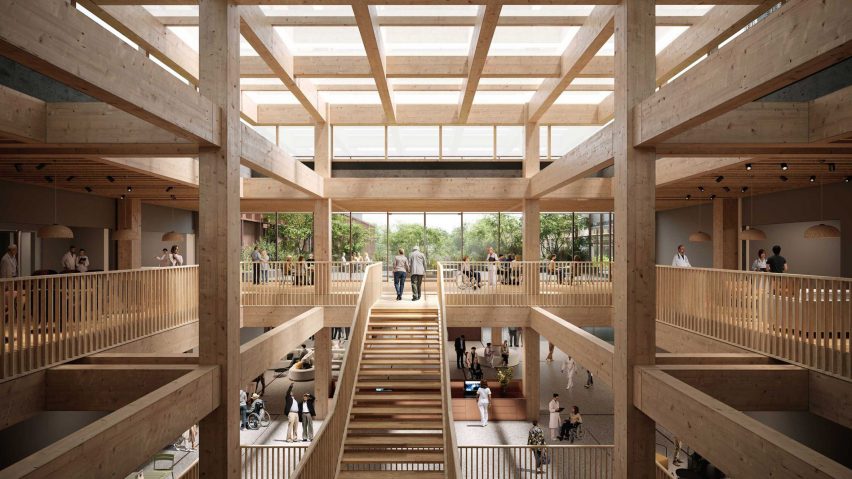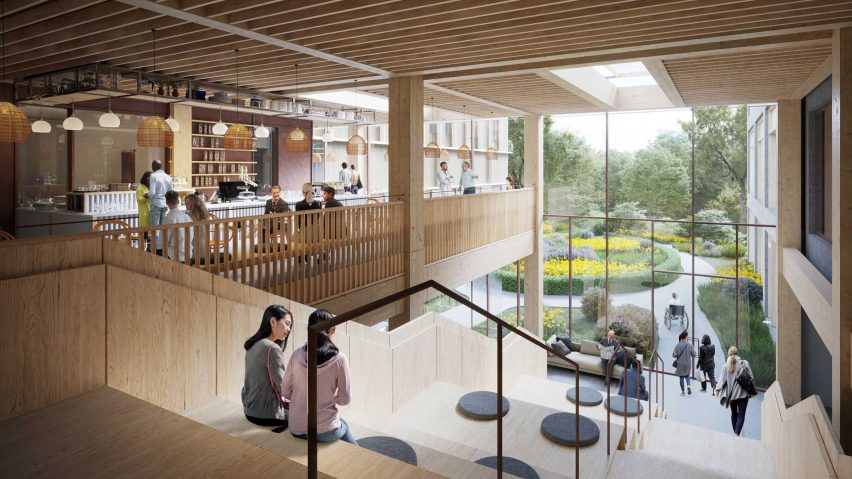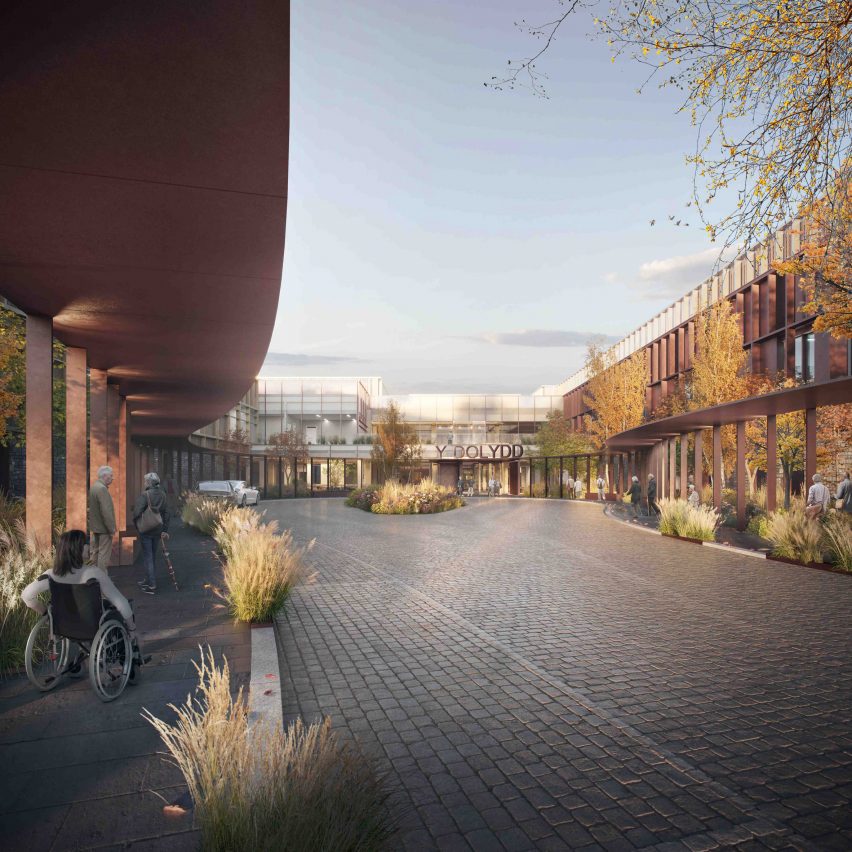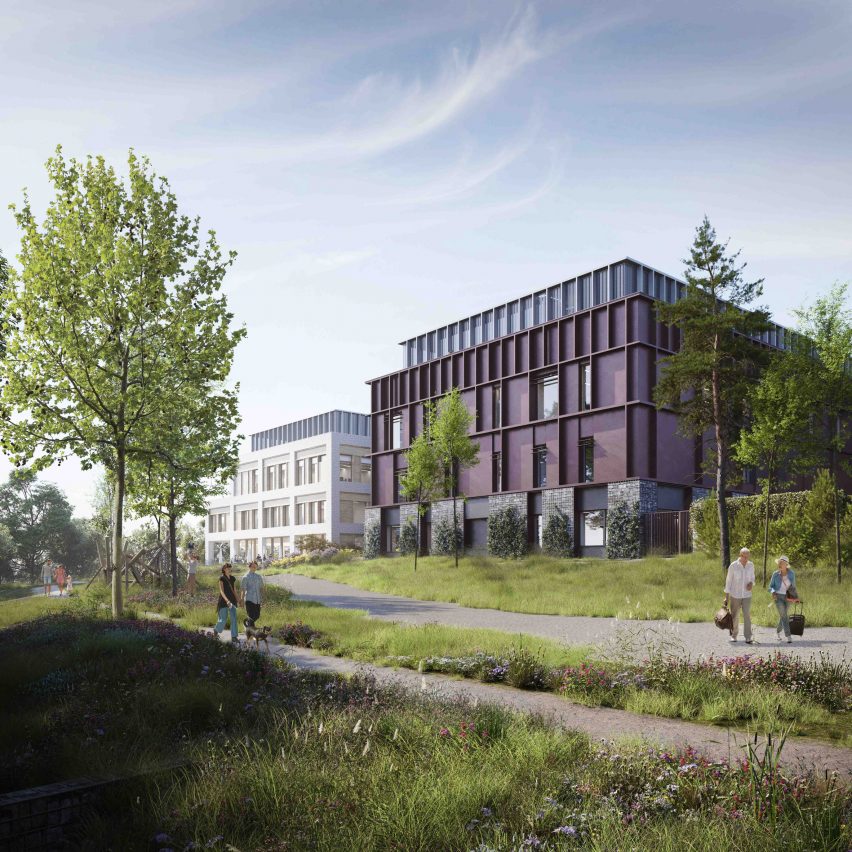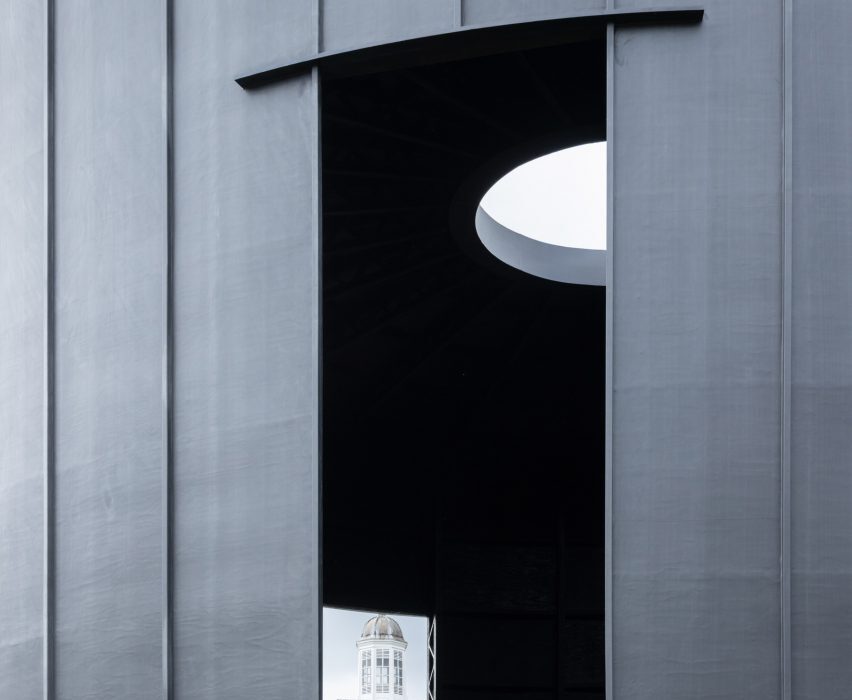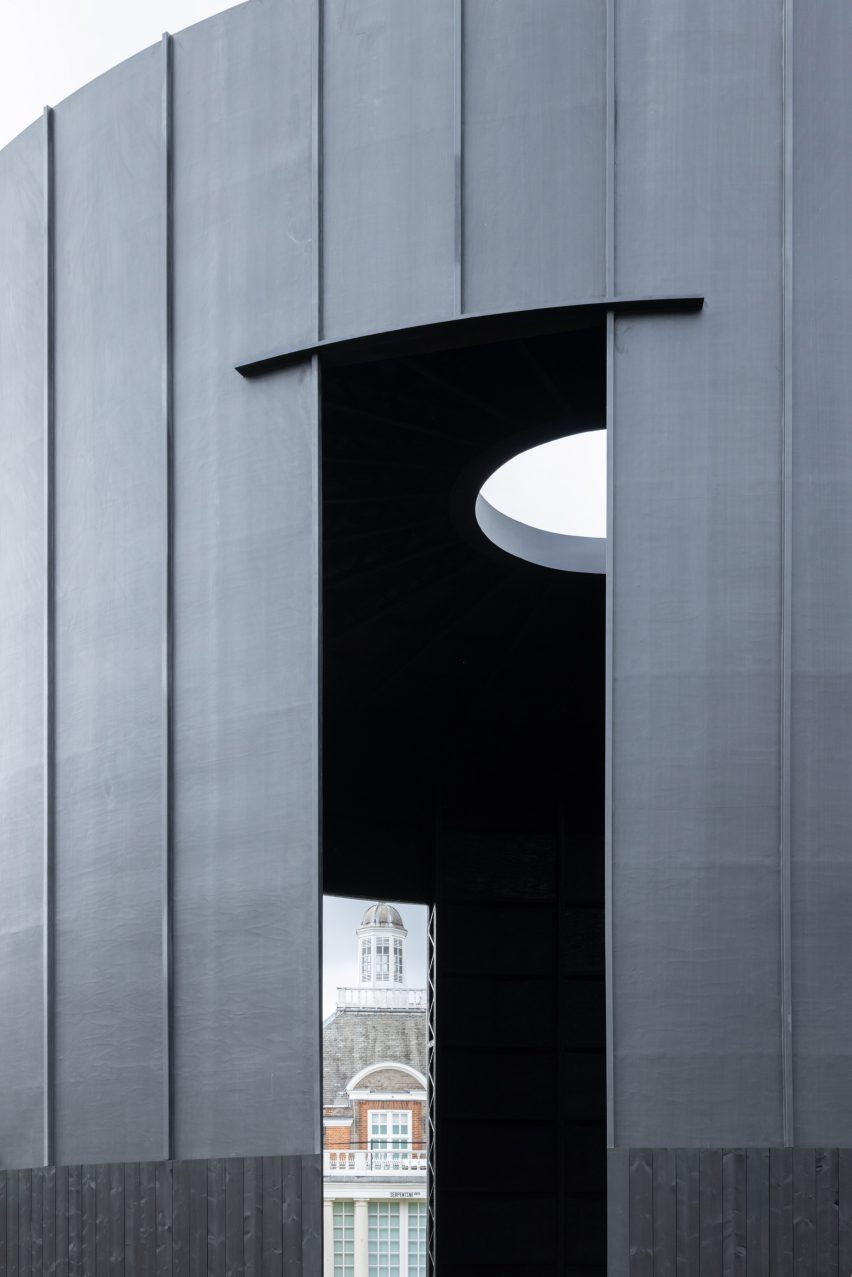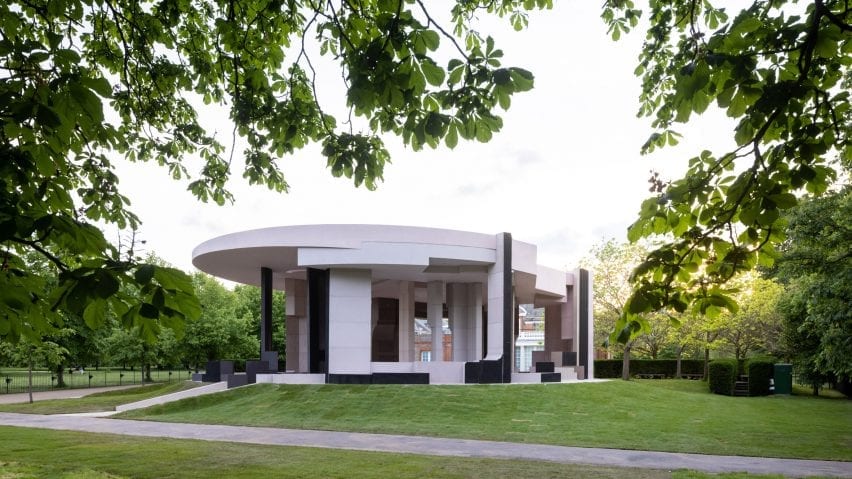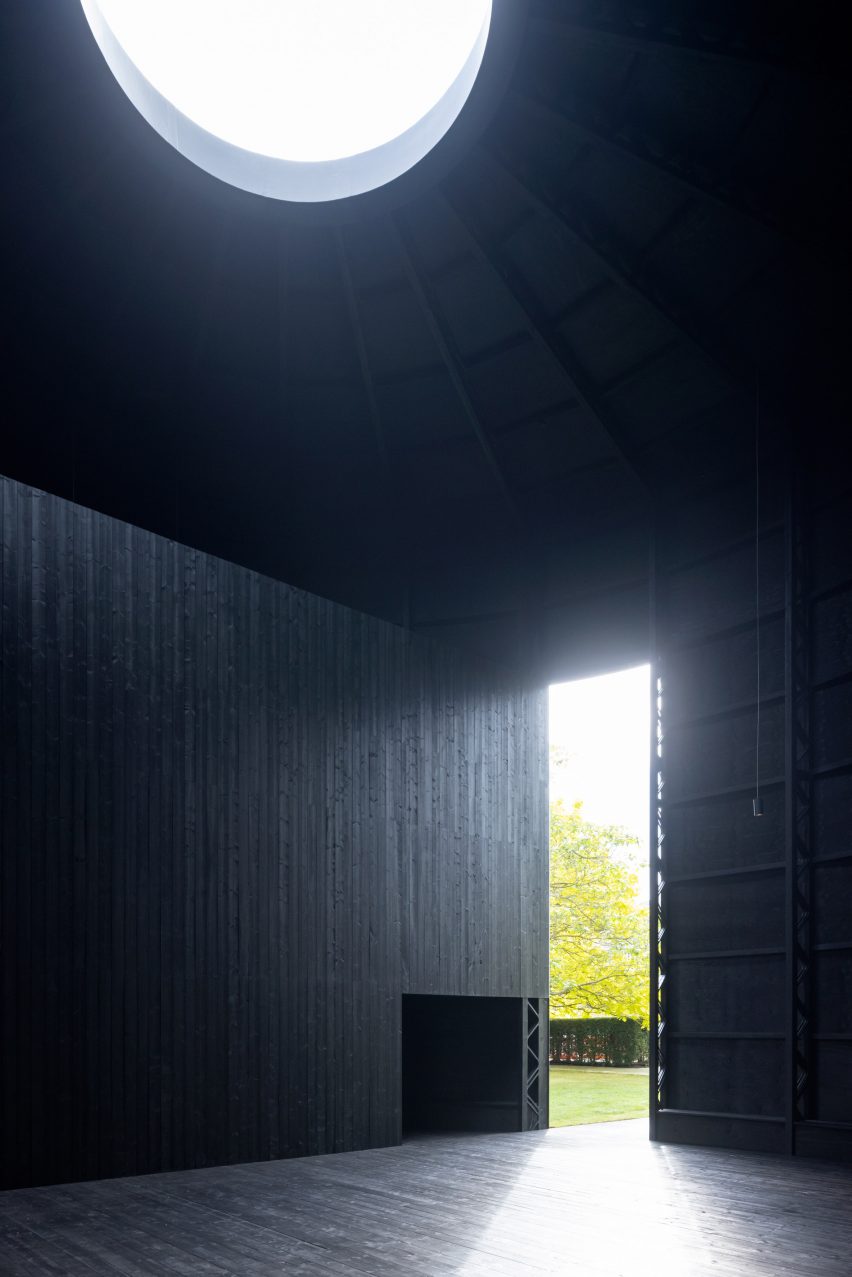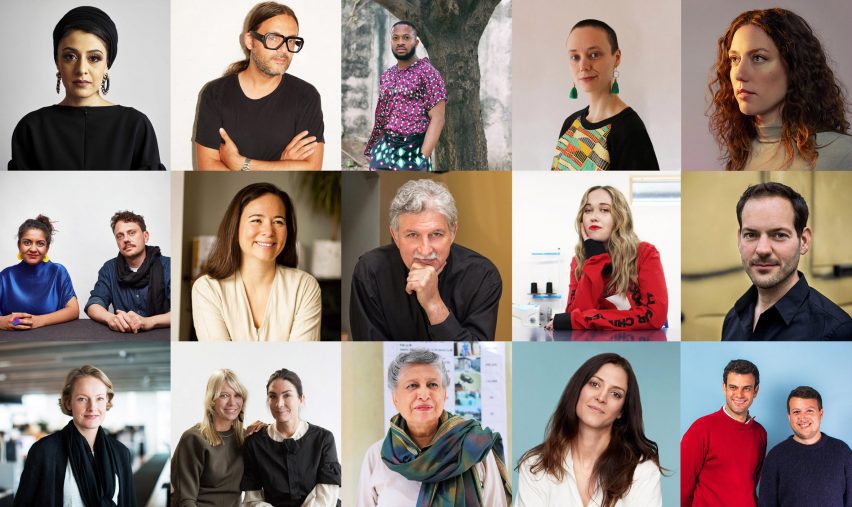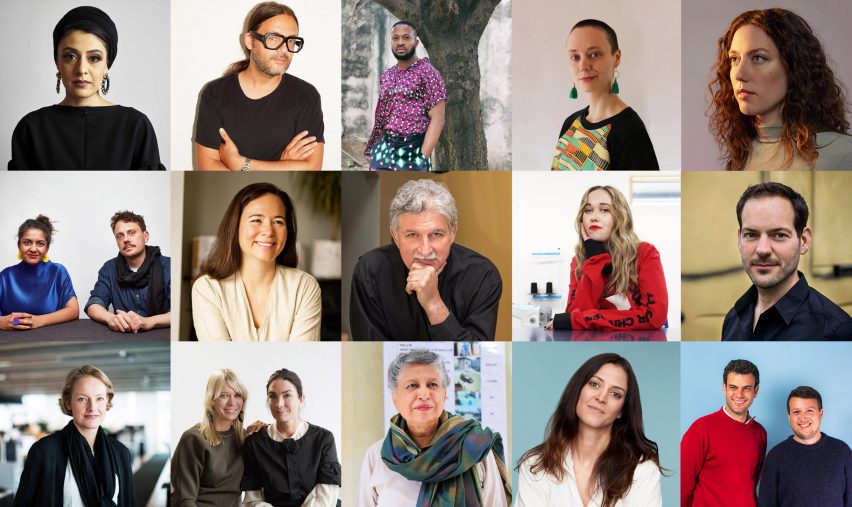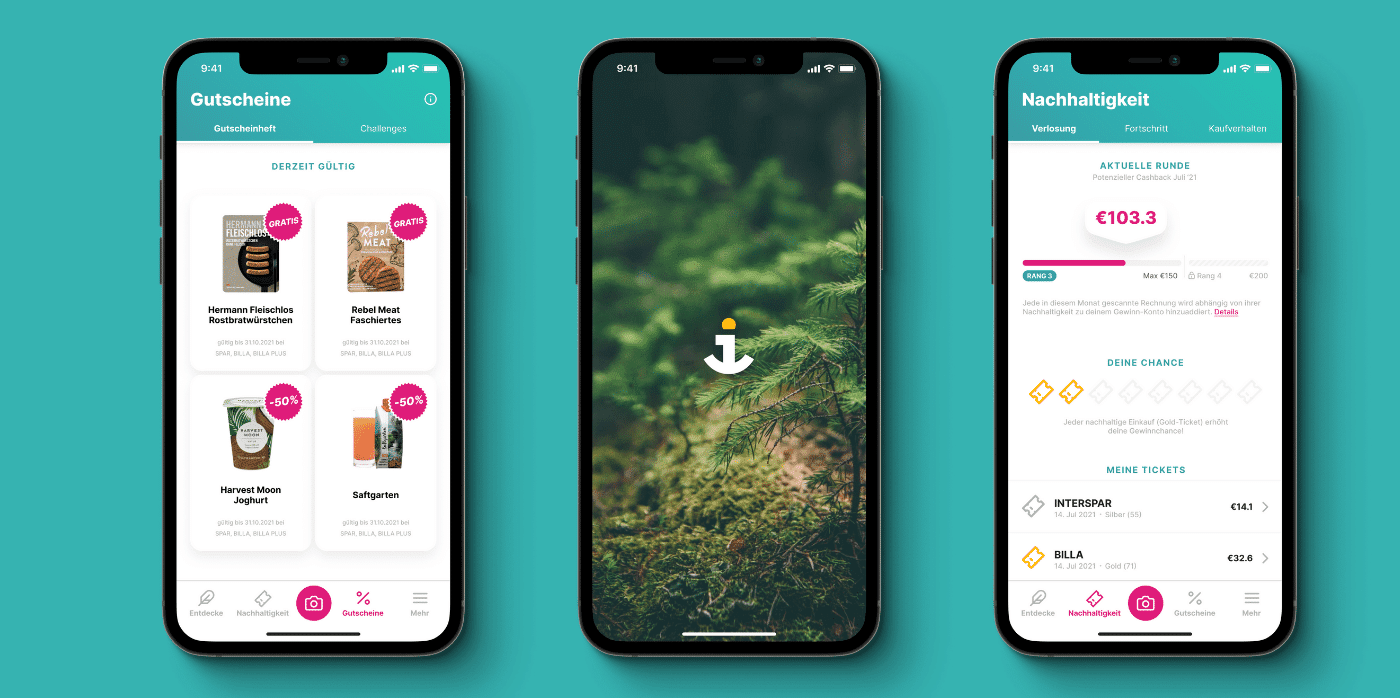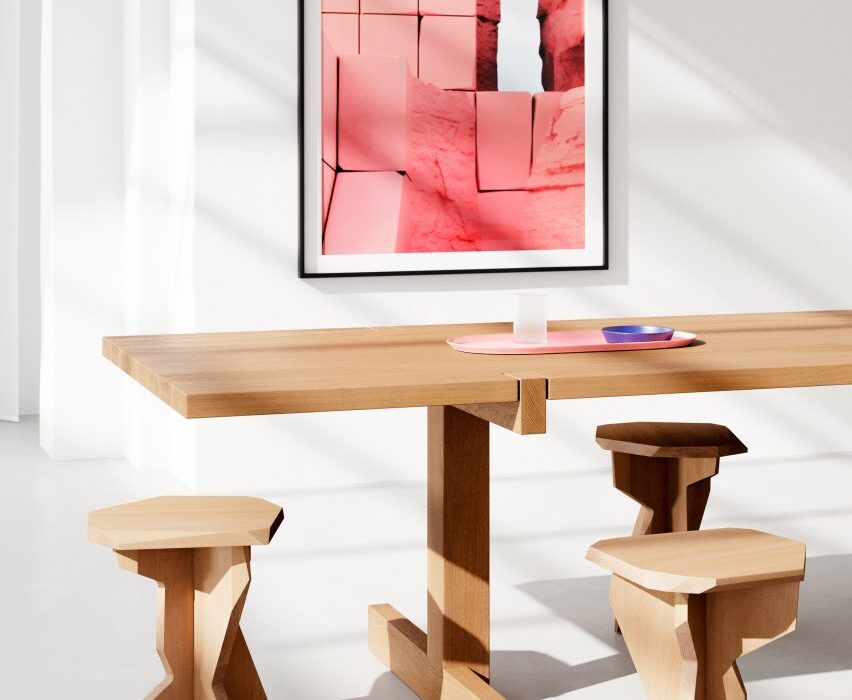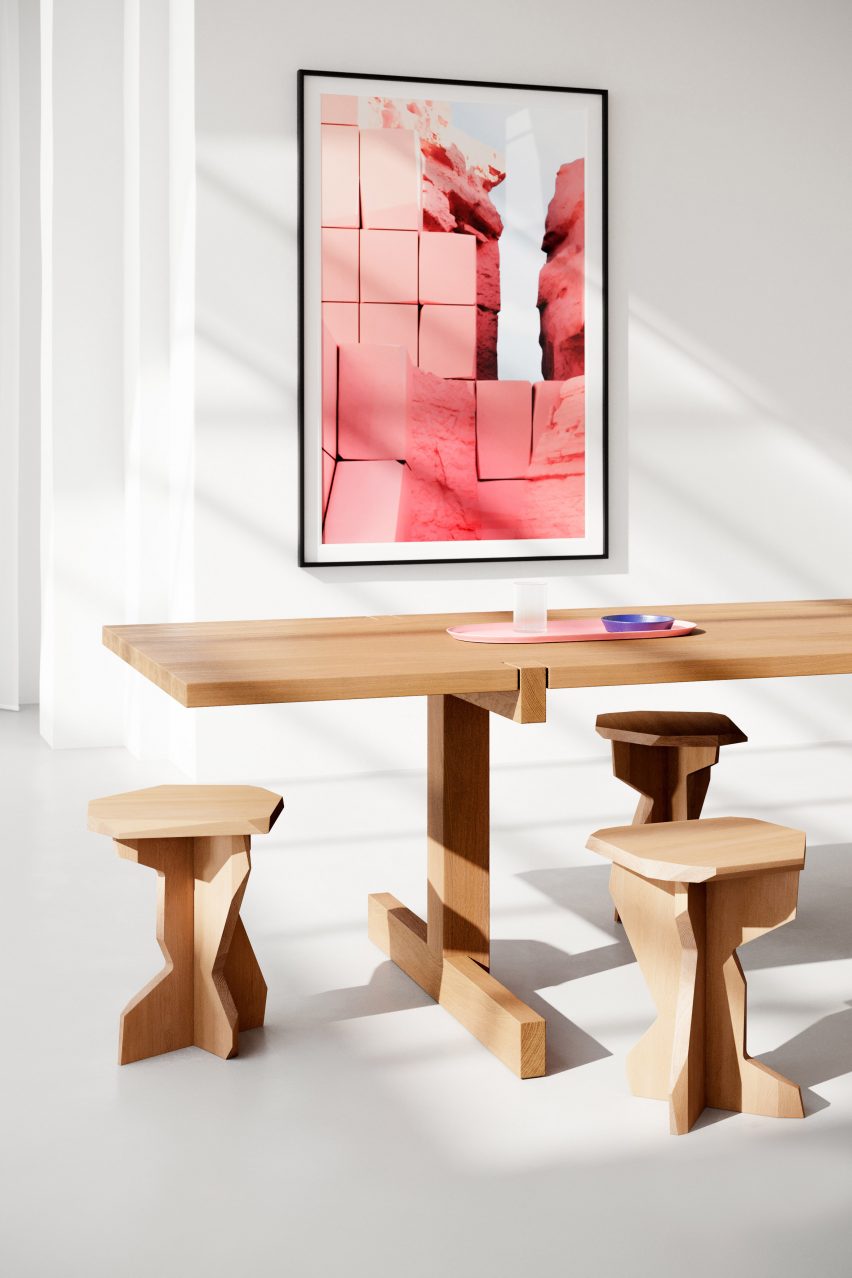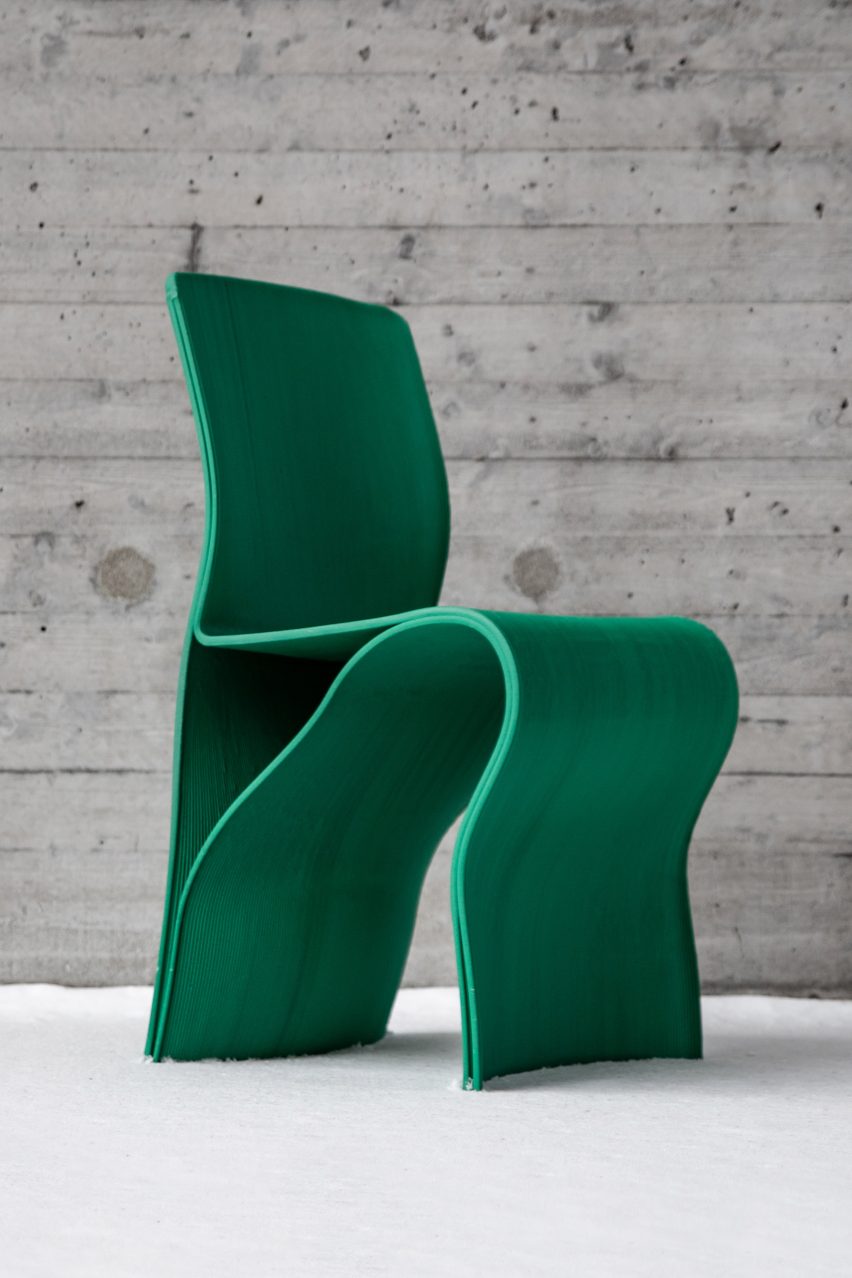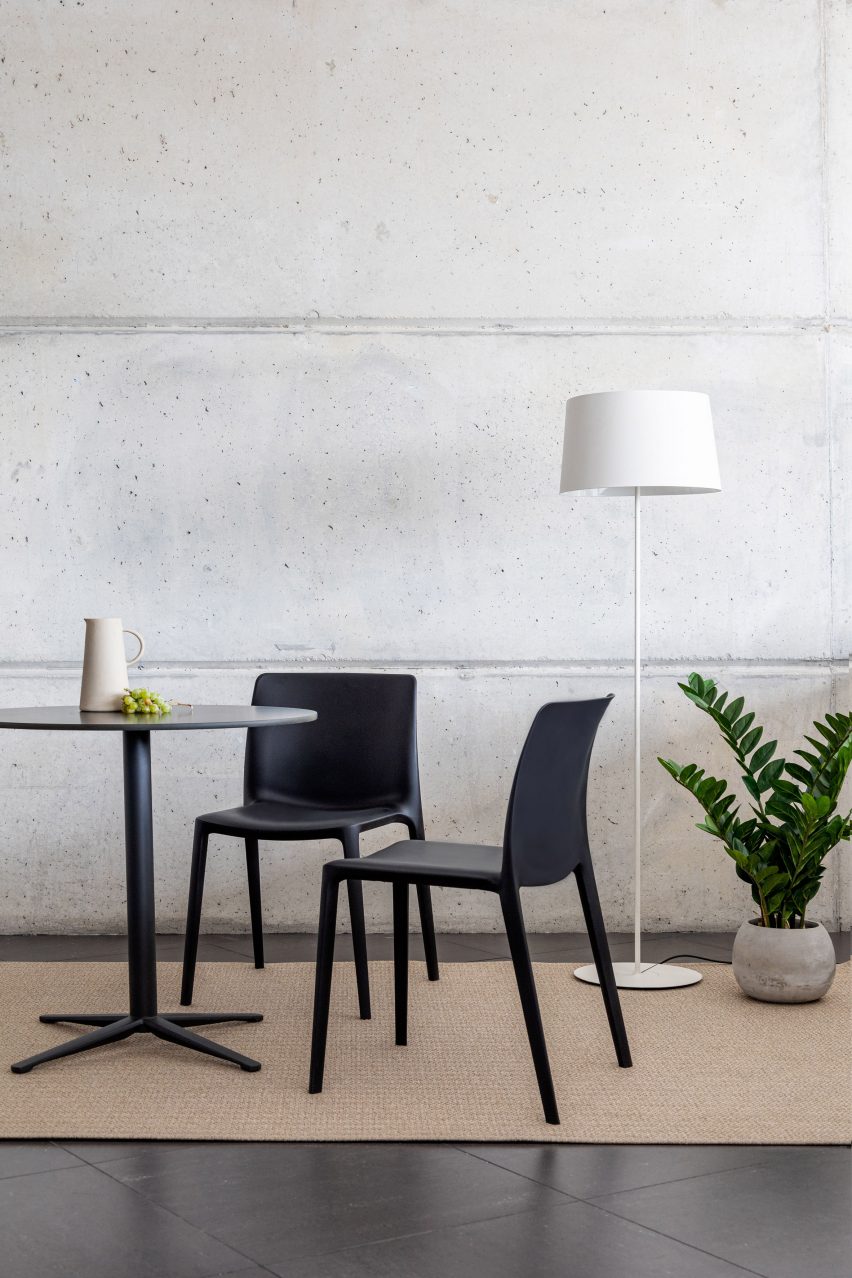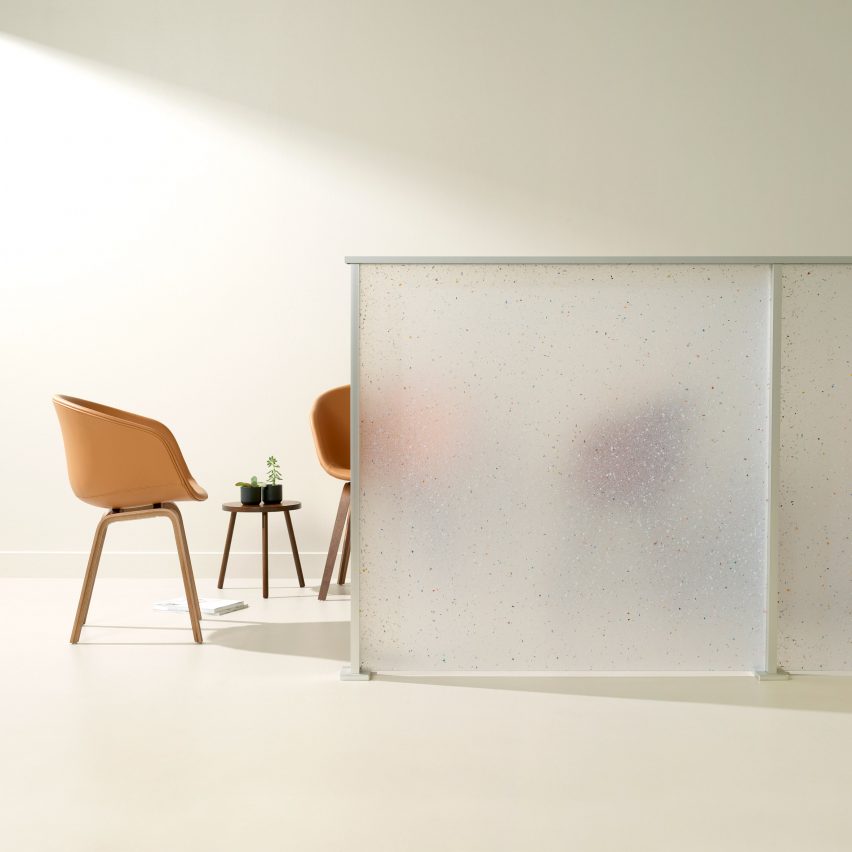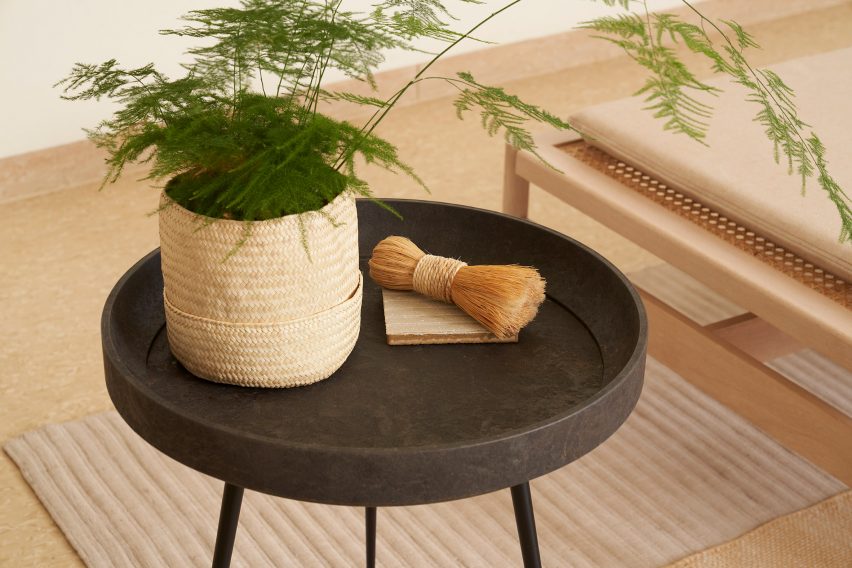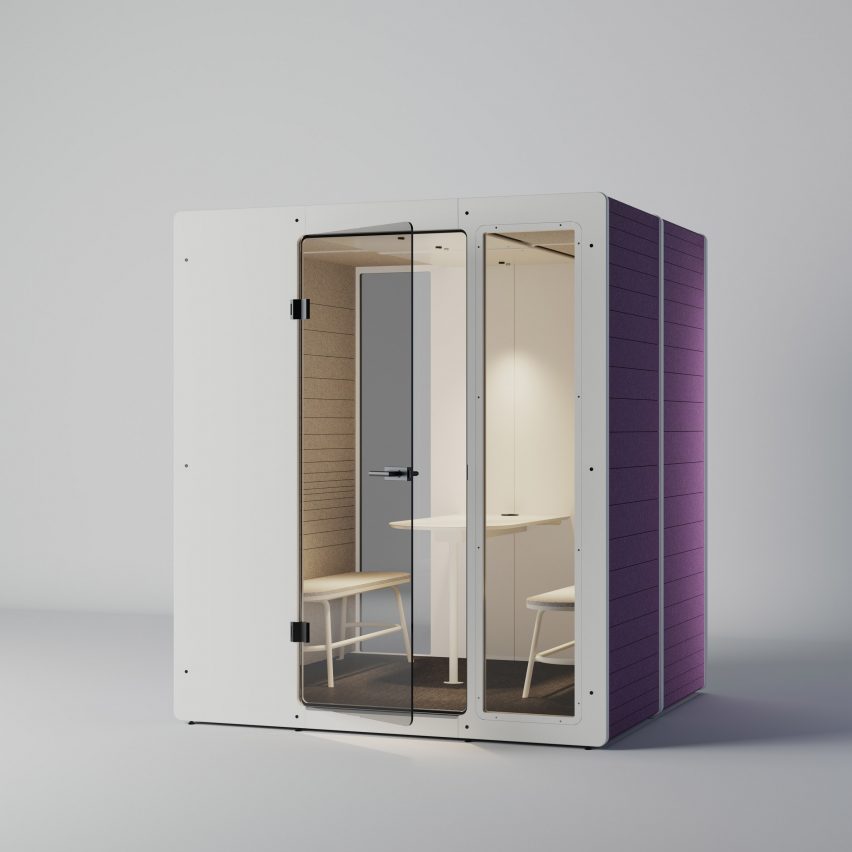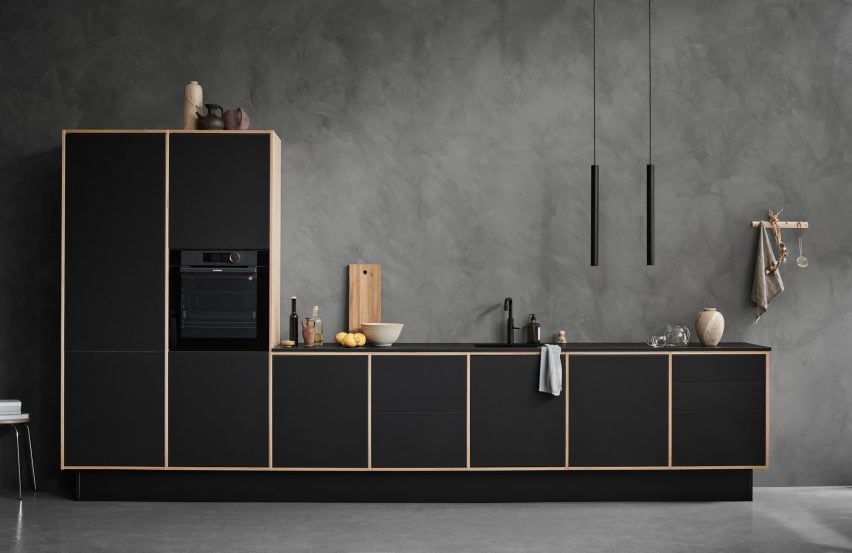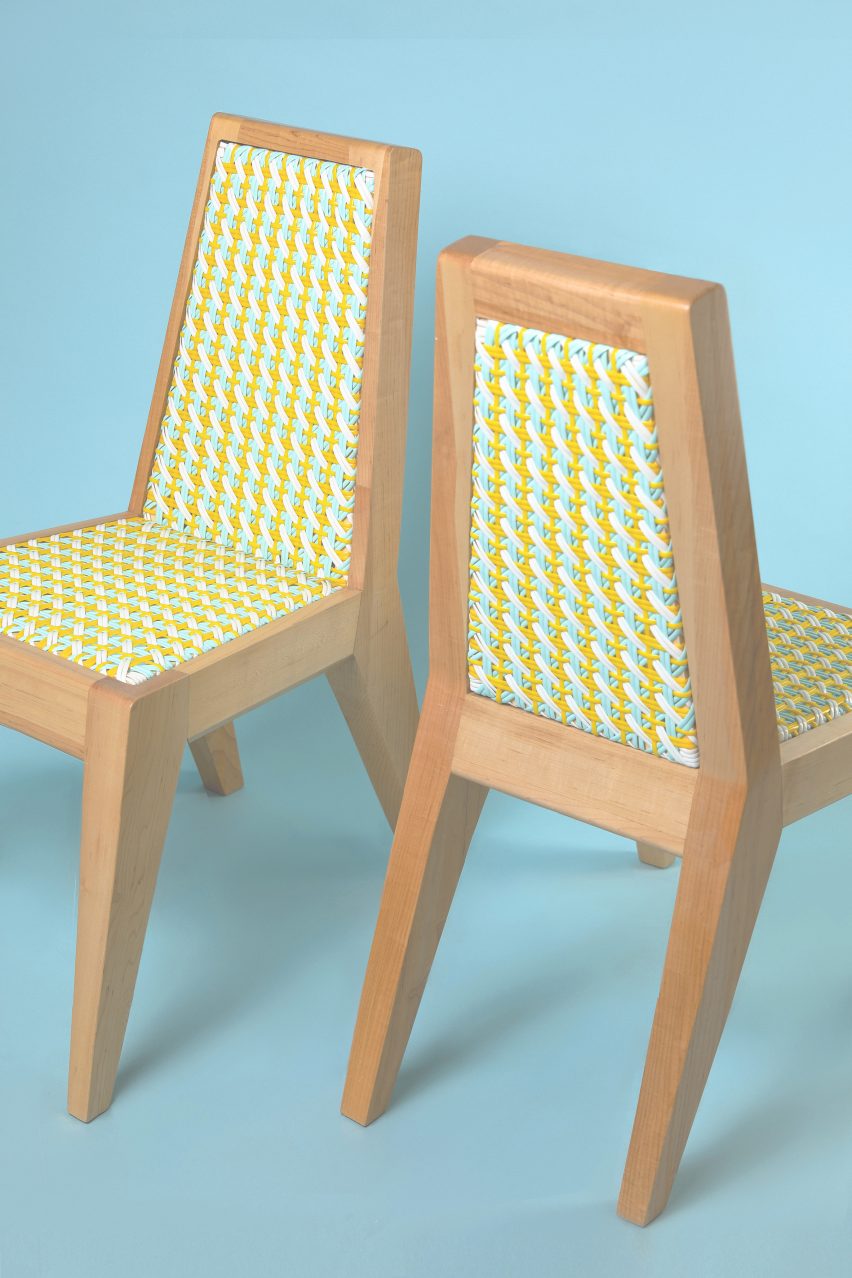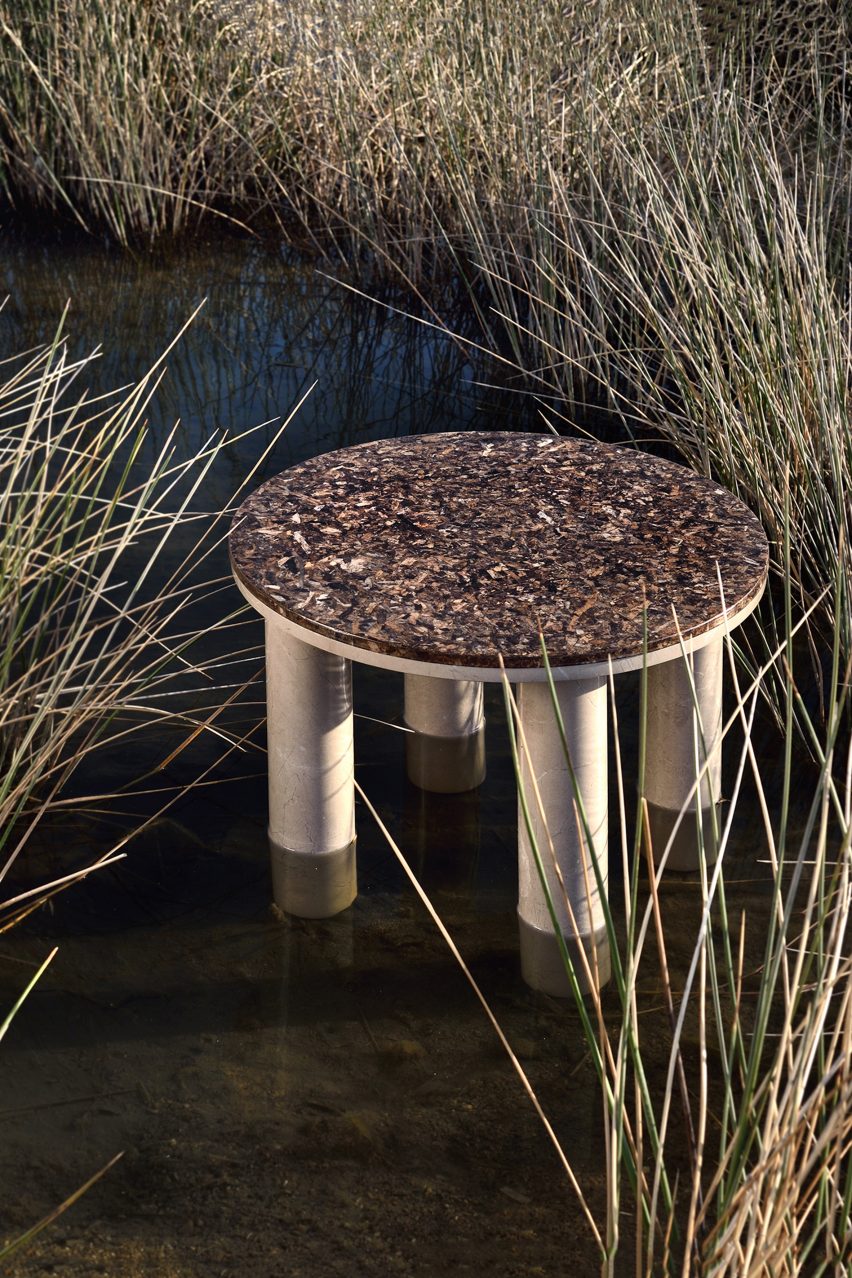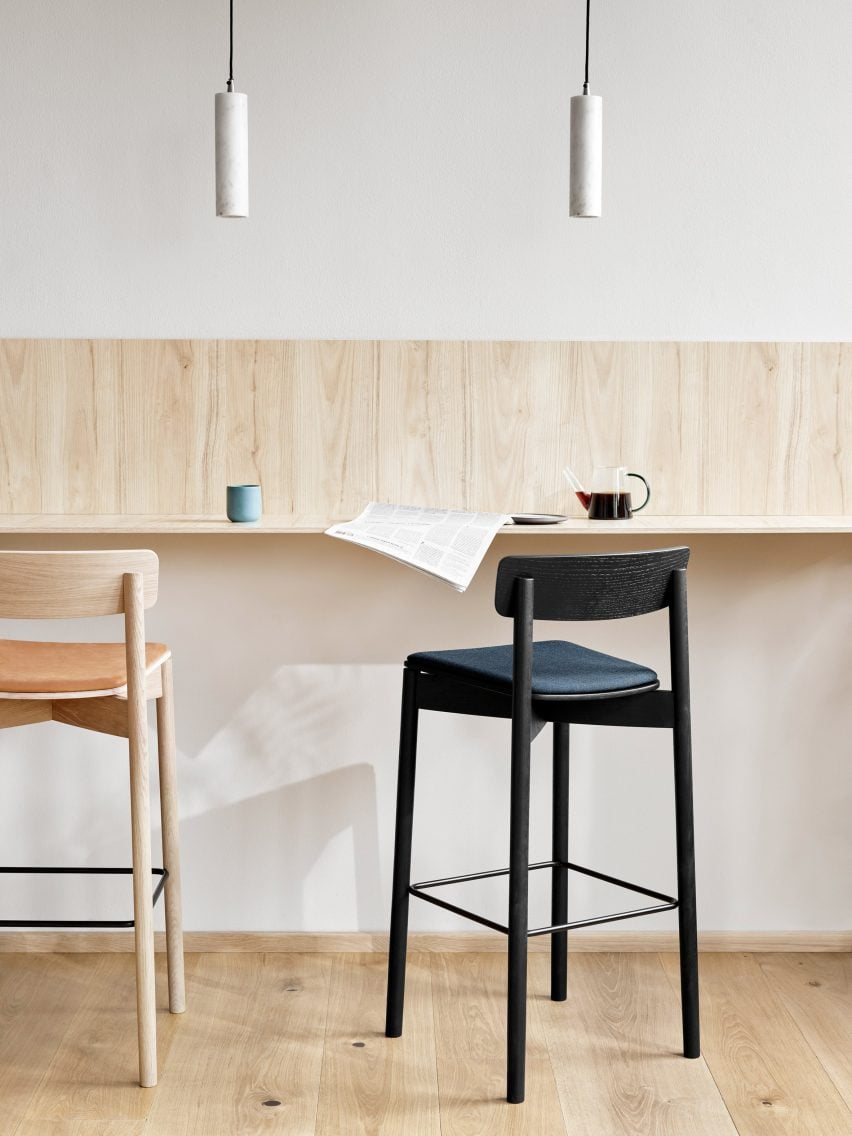Seoul Design Award seeks projects that facilitate “sustainable daily life”
Promotion: Seoul Design Award is seeking entrants who have designed projects that solve everyday problems in sustainable ways for its annual design prize.
Submissions to this year’s Seoul Design Award, which is free to enter and has a top prize of KRW 50 million (£31,500), are set to open in March 2023.
The awards will be given to designers “whose projects have contributed to a sustainable daily life that aims for a harmonious relationship between people, society and the environment”.
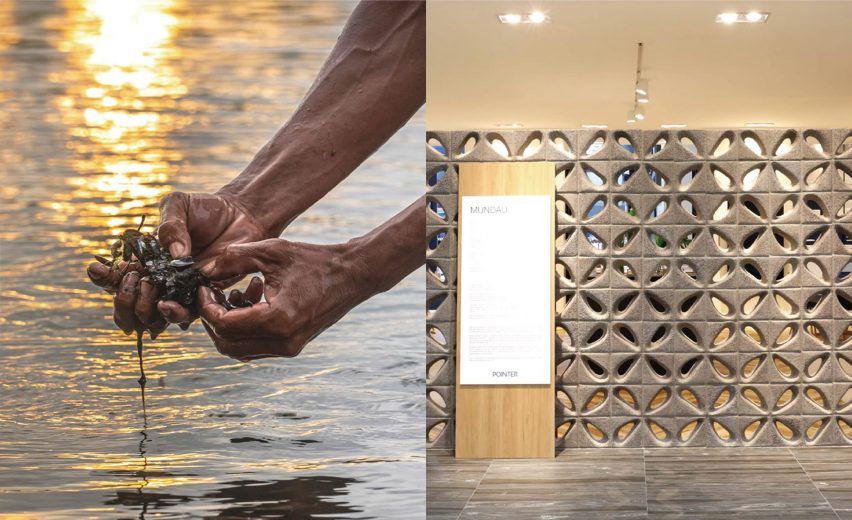
Designers can submit any design from the past five years that was built to solve everyday problems – from reducing food waste to conserving energy.
The projects can be submitted by an individual or group and will be judged based on five core values, including sustainability, public and shared, creativity and innovation, participation and cooperation, and inspiration and influence.
Previously known as the Human City Design Award, this year’s Seoul Design Award will be open for entries from 14 March to 28 June 2023. Now in its fourth edition, the 2023 edition of the award will expand to include 25 accolades.
“Over the past three years, design projects that have been awarded the Human City Design Award have addressed everyday problems such as environmental pollution, regional inequality, the gap between the rich and the poor, and discrimination against the socially underprivileged,” said the organisation.
“Ahead of 2023, the Human City Design Award will change its name to the Seoul Design Award in order to pursue the sustainability of daily life beyond the city.”

In 2021, which was the last edition of the award, the top prize in the safety and security category was won by Goyohan Taxi – a taxi service run by hearing-impaired people that was created by South Korean designer Song Min-Pyo to make travelling easier for those with hearing loss.
The project included a mobile device that aims to improve methods of communication between passengers and taxi drivers with a voice-to-text conversation app, which enabled passengers to communicate their destination, preferred drop-off point and choice of payment method.
An honourable mention in the 2021 selection was awarded to Gardens in the Air by Spanish design studio Nomad Gardens.
The project involved recycling water from air conditioning units to irrigate planting on the exterior of a building in Seville, Spain.
Gardens in the Air was designed to reduce Seville’s heat island effect and provide drinking water to the 70 species of birds in the surrounding area.
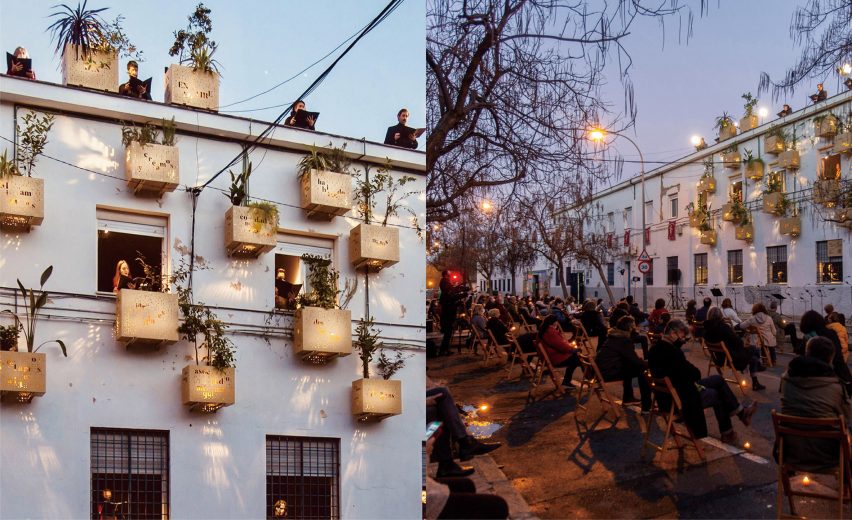
One of the finalist projects of the 2020 award was Sururu Da Mundaú by Brazilian manufacturer Portobello, a decorative tile made from recycled mussel shells.
According to Portobello, the Sururu Da Mundaú tile makes use of the 300 tonnes of mussel shells produced every month in Mundaú, Brazil, which would otherwise be discarded as waste.
Portobello worked with local artisans on the project, which the Seoul Design Award recognised as demonstrating “the value of cooperation and innovation”.
The project also created a range of new community activities by encouraging local citizens to participate in the tile making.
For more information on the awards or to apply, visit its website.
Partnership content
This article was written by Dezeen for the Seoul Design Award as part of a partnership. Find out more about Dezeen partnership content here.

